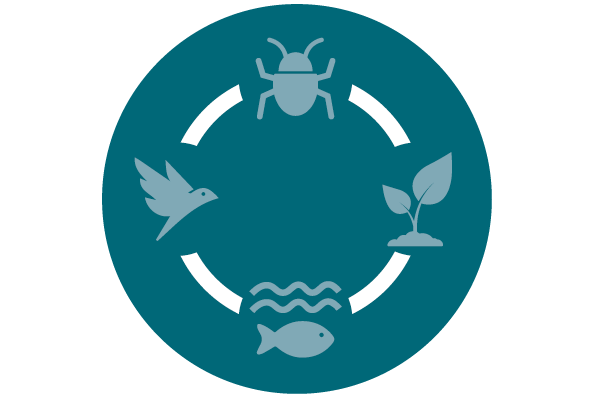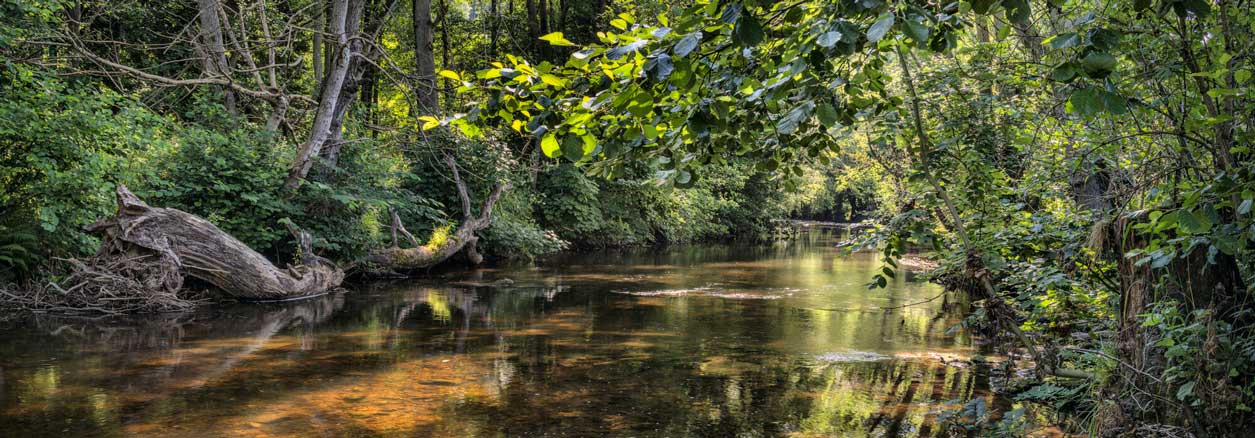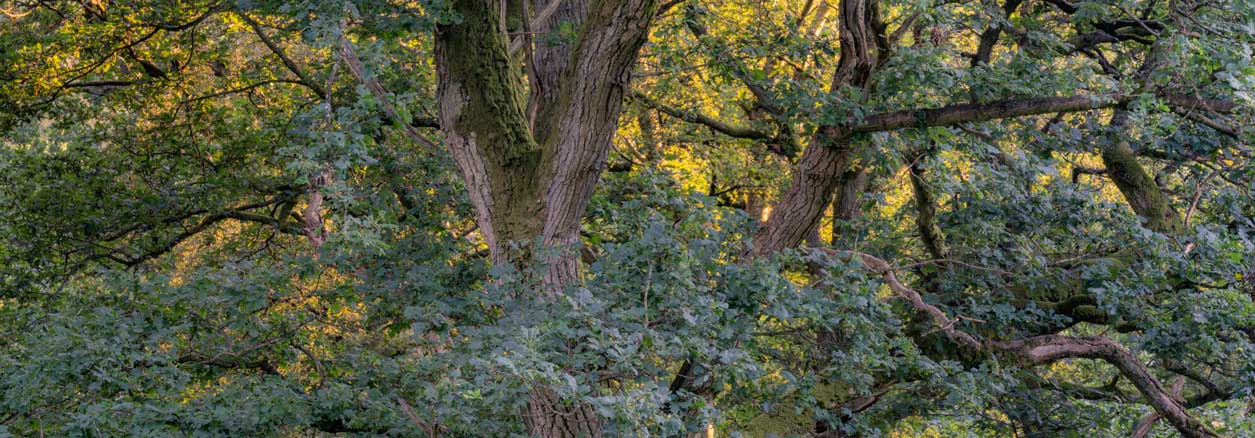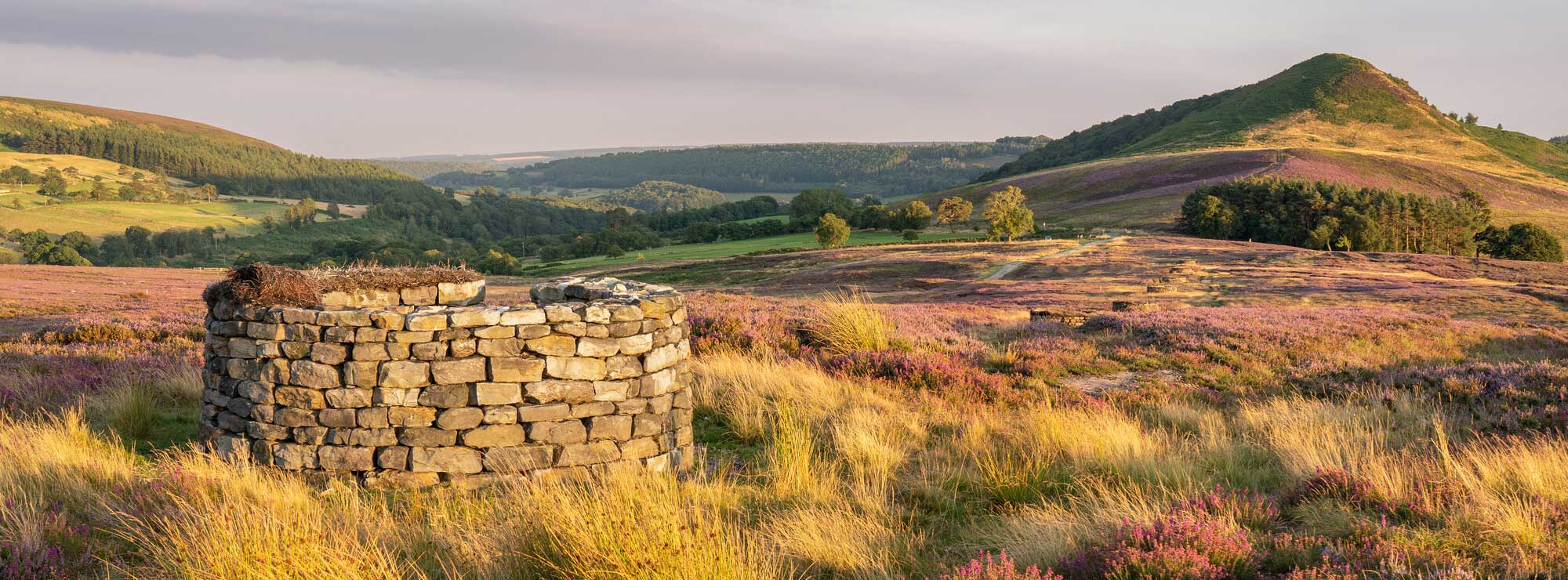 A nature rich, more biodiverse landscape
A nature rich, more biodiverse landscape
Within outcome two, we have outlined three key objectives. These are outlined below:
Objective 6
Create bigger, better and more joined-up habitats, with nature-rich wildlife corridors extending beyond the National Park boundaries.

Objective 7
Restore wilder and more naturally functioning ecosystems on at least 2,000 hectares in the National Park.

Objective 8
Work with our moorland community to support the sustainable management of moorland to ensure it retains its intrinsic character and supports a greater variety and abundance of species and habitats.

Why do we want to work towards this outcome?
The UK is committed to supporting the United Nation’s target to protect 30 percent of the Earth’s land and sea for nature by 2030 and led the G7 commitment to halt and reverse biodiversity loss by 2030. These are enshrined in the 2021 Environment Act which brings into UK law environmental protections and requires the creation of a national Nature Recovery Network. It also proposes a system of ‘net gain,’ with new development expected to deliver at least a ten percent improvement in the quality of habitats.
The 2019 Landscapes Review led by Julian Glover also recommended that strengthened Management Plans should set clear priorities and actions for nature recovery including wilder areas, and that nationally protected landscapes should form the backbone of the national Nature Recovery Network. In response, National Parks England has created a Wildlife Delivery Plan setting ambitious targets across the English National Park family to deliver 20 percent of the government’s target for nature recovery on the ten percent of England that is designated as National Parks. Each National Park has developed a nature recovery prospectus, which identifies local priorities that will sit at the heart of the Local Nature Recovery Strategy.
“Look closely at nature. Every species is a masterpiece, exquisitely adapted to the particular environment in which it has survived. Who are we to destroy or even diminish biodiversity?”
E.O. Wilson, American biologist
The map above illustrates the areas of the National Park that could be best used to stimulate nature recovery in the North York Moors. Some areas are where new habitat can be created, others are where there are opportunities to link habitats, including coastal habitats, together to improve the network and make habitats more resilient. The map also shows areas for improvement that extend beyond the administrative boundary of the National Park. This mapping exercise will be used as the baseline for the forthcoming North York Moors National Park Local Nature Recovery Strategy.
The North York Moors is also home to one of the largest areas of continuous heather moorland in England, which can help contribute to the achievement of this outcome. Most of this moorland is managed to support grouse populations, with game shooting contributing to the economy and communities of the National Park. This Plan seeks to ensure the moorland is managed in a more sustainable way, including finding ways of reducing and finding alternatives to burning, so that the moorland can be managed to not only support existing species but also help introduce new ones. All stakeholders involved in the Management Plan support and promote a zero tolerance approach to raptor persecution and wildlife crime.
